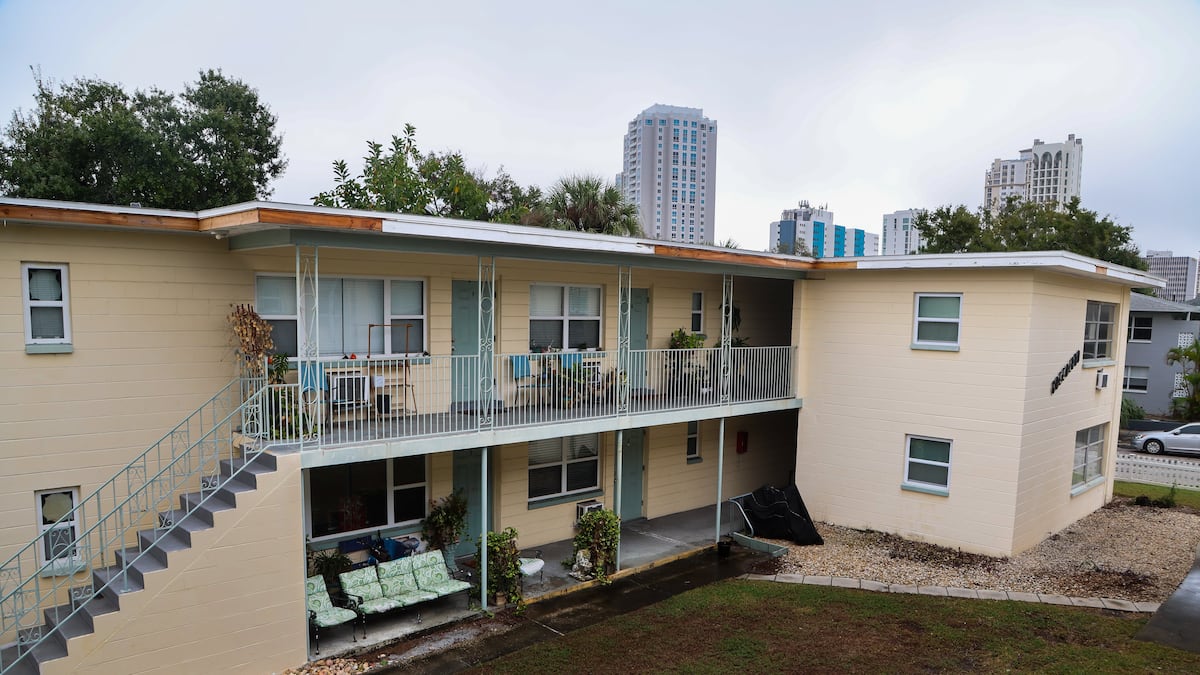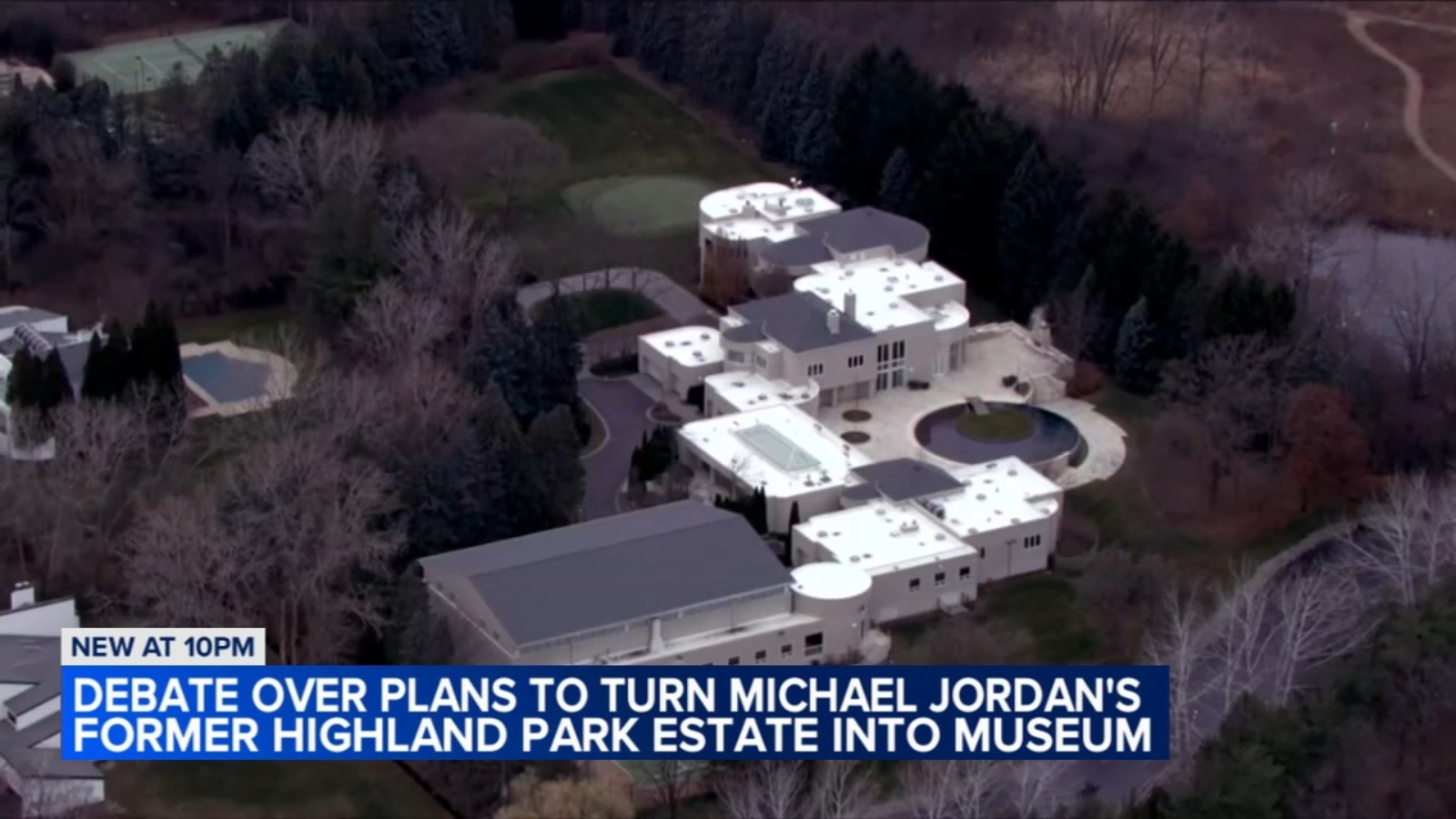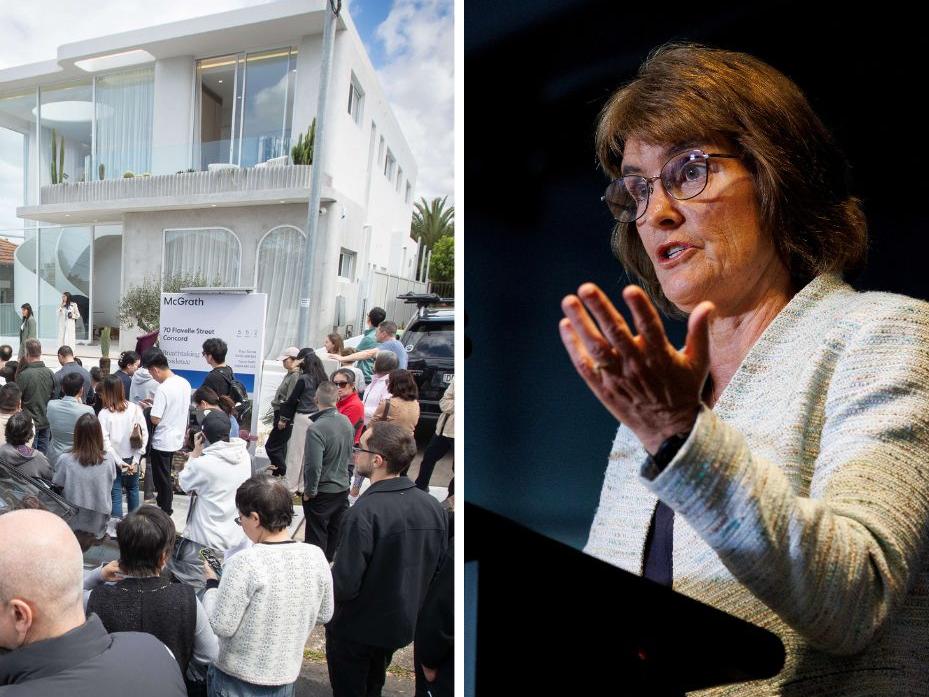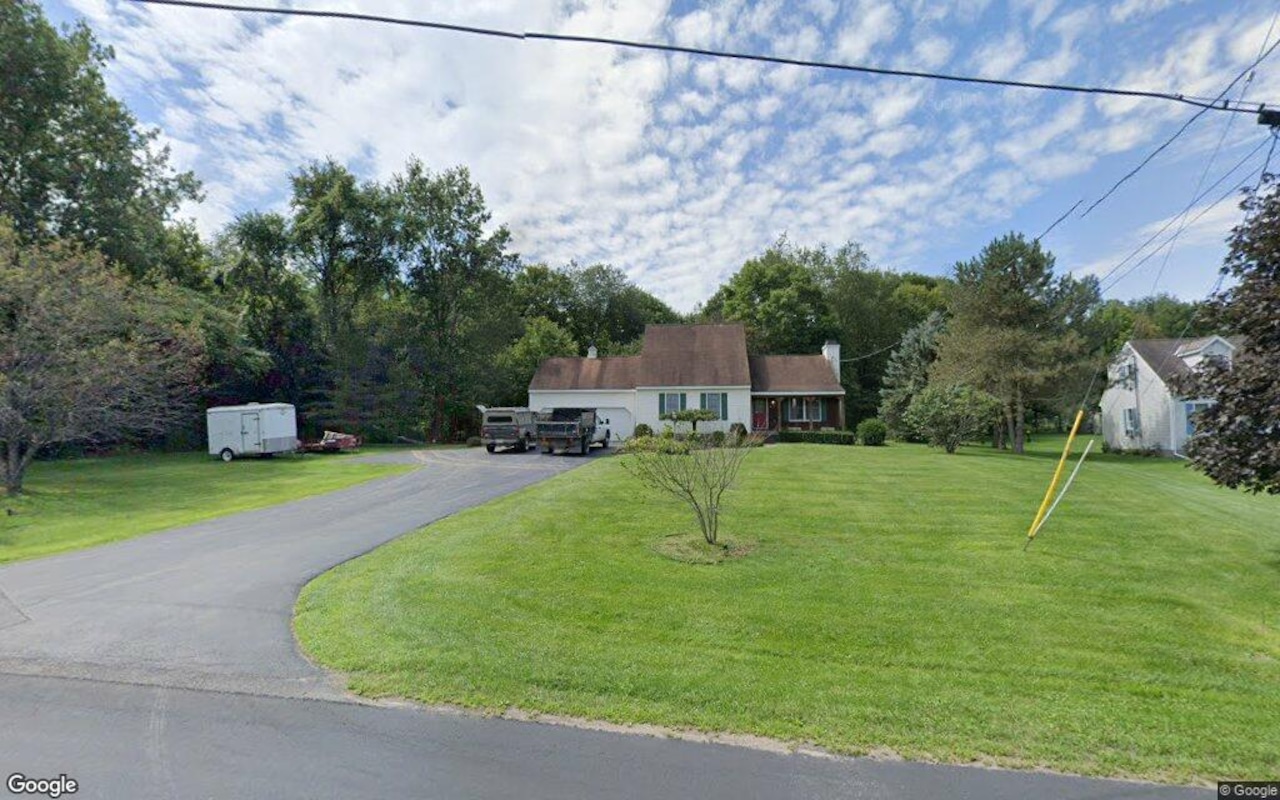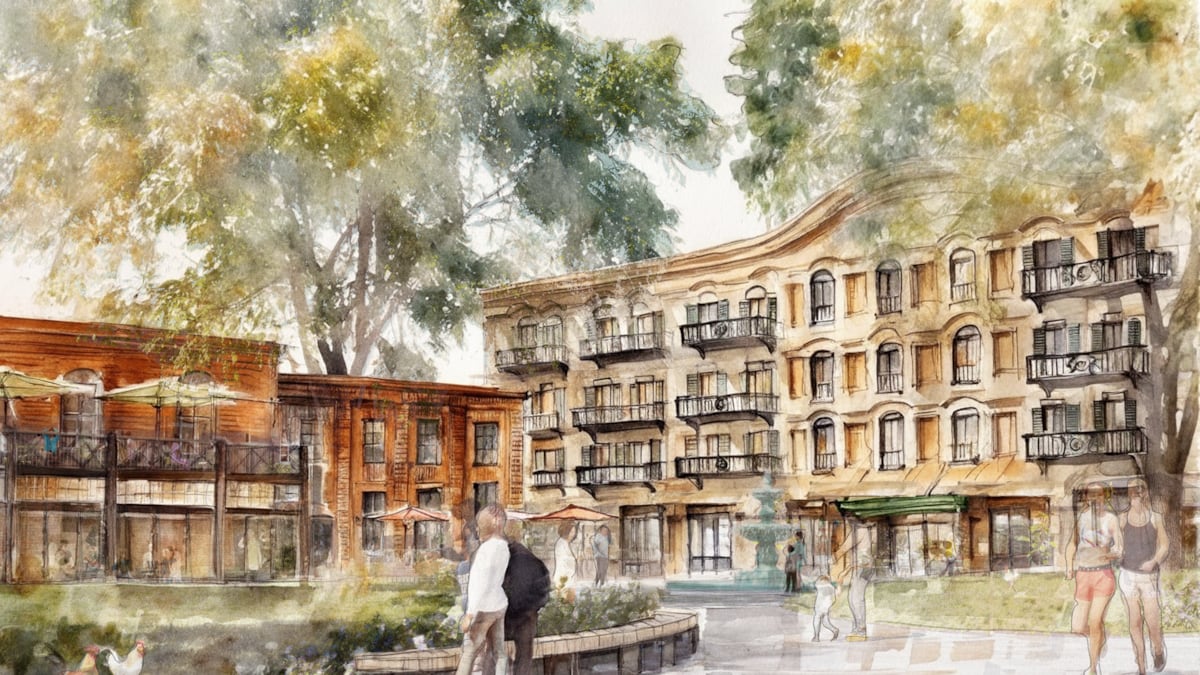O
ffice vacancies in downtown Minneapolis reached a record high this fall despite a surge in lease signings and employees returning to their cubicles. The average office vacancy rate in the central business district (CBD) rose to 23.4% by the end of September, according to Colliers' quarterly report. Downtown St. Paul saw an even higher vacancy rate of 29%, while suburban areas had a combined vacancy rate of 11.5%.
Companies are looking for new space and asking employees to return to the office, but not at a pace that offsets the amount of vacated space. Commercial brokers are struggling with tenants shrinking their spaces yet demanding more sophisticated amenities, while building owners face declining property values.
The "flight to quality" is driving vacancies in luxury "Class A" buildings to remain steady, while older, less desirable buildings continue to empty. Multi-tenant buildings saw a sharp rise in vacancy from 18.4% last quarter to 19.6% this quarter, up 12.5% year-over-year.
Large corporate downsizes, particularly by banks and state agencies, drove the rise in vacancies last quarter. Many of the buildings that sold were distressed properties facing high vacancy and debt challenges. The downtown core is also struggling with the loss of several large office tenants who have signed leases in adjacent areas, such as the North Loop neighborhood.
Suburban vacancy rates are highest along the I-494 Corridor but have decreased slightly from the previous quarter. Downtown buildings experiencing the highest vacancies are typically older or on the fringes of the market. This trend is likely to continue as tenants relocate and downsize.
The situation has led to some notable sales, including the Forum building selling for $6.5 million, a 90% discount compared to its sale price in 2019. The buyer, Namdar Realty Group, invests in shopping malls but has recently been buying distressed office buildings at steep discounts across the country.
Despite the challenges, there are signs of optimism. Homeowners in Minneapolis are facing property tax increases as commercial values drop, but lower prices have enabled new players to buy downtown properties and bring fresh ideas to transform the urban core. Public safety improvements have also fueled recent momentum, with projects like the Kickernick Building opening an art gallery.
Tom McCarver and Steve Boynton bought a mixed-use building at the corner of Seventh Street and Hennepin Avenue for $4.3 million, slightly more than half of its sale price in 2017. They are optimistic about the future of the area, which is close to major sports venues and entertainment districts.
"We did it because we just really believe in the downtown area, which is certainly going through a stretch of tough times, but we can't imagine that it won't be anything but great again," McCarver said. "A new chapter is being written, and we get that, and we want to be a part of that area."

